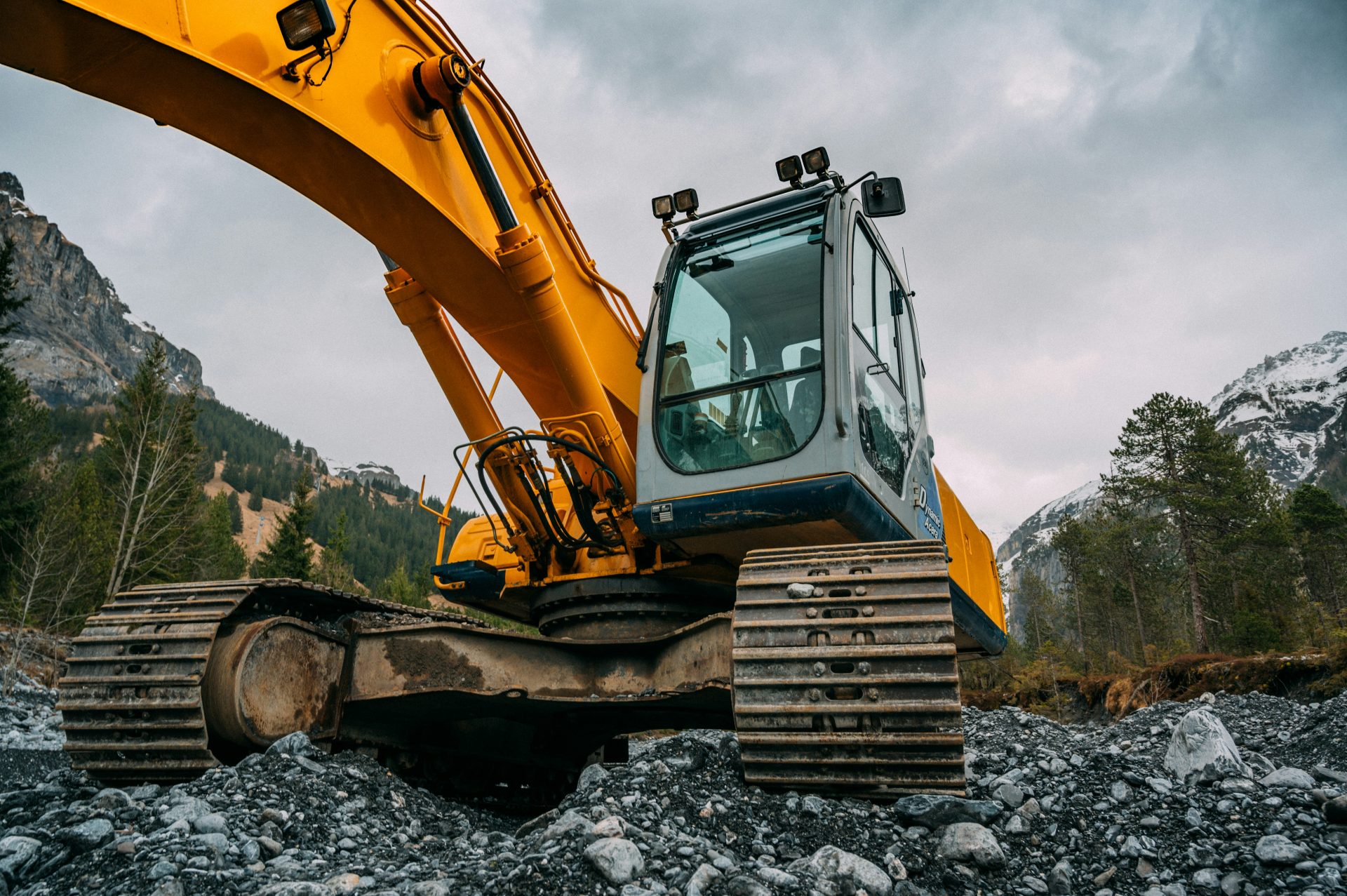It’s easy to ignore the seat in your excavator until your back starts aching or the job starts taking a toll faster than it should. While it might seem like a small detail compared to the engine or hydraulics, the seat plays a massive role in your comfort, safety, and overall productivity. If you’re unsure whether it’s time to swap out that old seat, here are the signs to look out for.
1. Visible Damage – Cracks, Tears, or Worn-Out Padding
If your seat’s looking rough—cracks in the vinyl, foam breaking down, or visible wear—it’s probably beyond saving. Over time, even small splits can grow, and worn-out padding won’t protect your back the way it should.
The good news? There are plenty of well-designed excavator seats available that offer better comfort, durability, and support than older models. If you’re starting to shop around, now’s the perfect time to upgrade to something that’ll actually make long shifts easier on your body.
2. You’re Feeling It After Every Shift
You shouldn’t finish every day with a sore back or stiff hips. Discomfort after long hours in the cab usually points to poor support or cushioning.
An excavator seat is supposed to absorb vibration and reduce strain on your joints. If you’re constantly shifting, stretching, or adjusting to stay comfortable, your seat’s no longer doing its job.
3. Suspension Isn’t Working Properly
Modern excavator seats usually have some kind of suspension system built in to handle jolts, bumps, and vibration.
If you’re feeling every knock and bump like you’re on a wooden bench, the suspension system might be shot. That doesn’t just affect comfort; it can seriously impact your health over time, especially your spine and joints.
Look out for:
- Jerky movements when operating
- No bounce or give in the seat
- Unusual squeaking or mechanical noise under the seat
4. It Doesn’t Adjust Like It Used To
You might not think about seat adjustments until they stop working. But if your seat isn’t adjusting the way it should—whether it’s height, tilt, lumbar support, or slide position—that’s a red flag.
Being stuck in one position can lead to posture problems, especially during long shifts. You need a seat that moves with you and allows proper ergonomic positioning.
5. You’ve Had It for Years (and Years)
There’s no exact expiration date on a seat, but they’re not meant to last forever. If you’ve had the same seat for years without maintenance or replacement, chances are it’s past its best.
Even if it looks okay, the internal structure could be weakened, and the foam might not offer the support it once did. And over time, exposure to vibration and dust can quietly wear things down.
6. Your Operators Keep Complaining
If you’re managing a crew and hear repeated complaints about the excavator being uncomfortable, don’t brush it off.
It’s easy to blame posture, long hours, or personal preference, but if different operators all say the same thing, the seat is likely the problem. Listening to those complaints early can prevent bigger issues later.
7. You’re Upgrading Other Parts of the Machine
If you’re investing in repairs, upgrades, or modernisation for your excavator, don’t forget the seat.
Replacing old controls, screens, or hydraulic systems but keeping a beat-up seat creates an imbalance. The machine might run better, but the operator still deals with outdated ergonomics and comfort.
A new seat isn’t just a “nice to have”—it complements the rest of your upgrades and makes the machine feel new again.
Why Replacing Your Excavator Seat Matters
It’s not just about comfort. A good seat:
- Protects your body – Reduces stress on your back, shoulders, and joints
- Improves focus – Less shifting around means better concentration on the job
- Boosts productivity – Operators work better when they’re not uncomfortable
- Supports safety – Better positioning and support helps prevent fatigue-related mistakes
Poor seats don’t just affect individuals; they impact the whole operation, from downtime to efficiency.
Don’t Wait for it to Get Worse
A failing excavator seat doesn’t announce itself loudly. The change is gradual. A little discomfort turns into chronic soreness. A minor squeak becomes a daily rattle. One missed adjustment becomes a permanent nuisance.
That’s why it’s worth taking a moment to check. If any of the signs above sound familiar, it’s probably time to start looking for a replacement. A quality seat might seem like a small investment, but over time, it pays off in comfort, health, and productivity.
Small Fix, Big Difference
Your excavator does the heavy lifting. The least it can do is offer a seat that doesn’t leave you sore at the end of the day.

